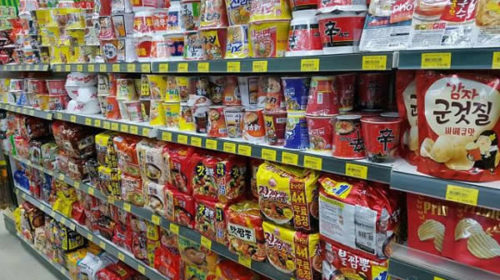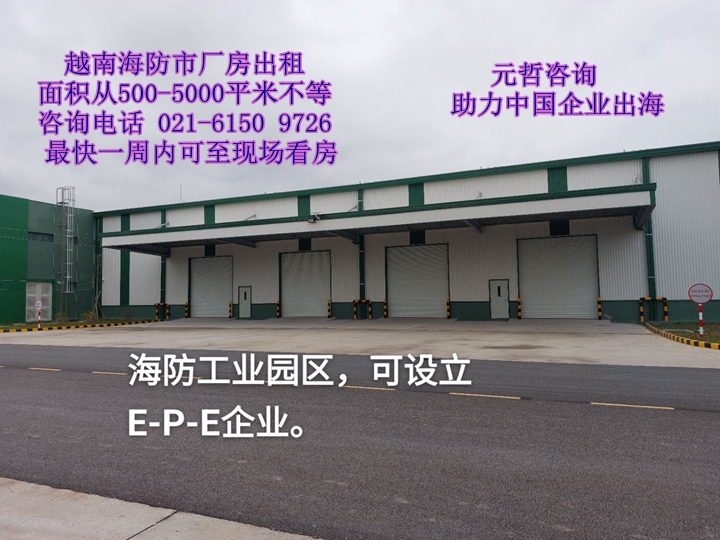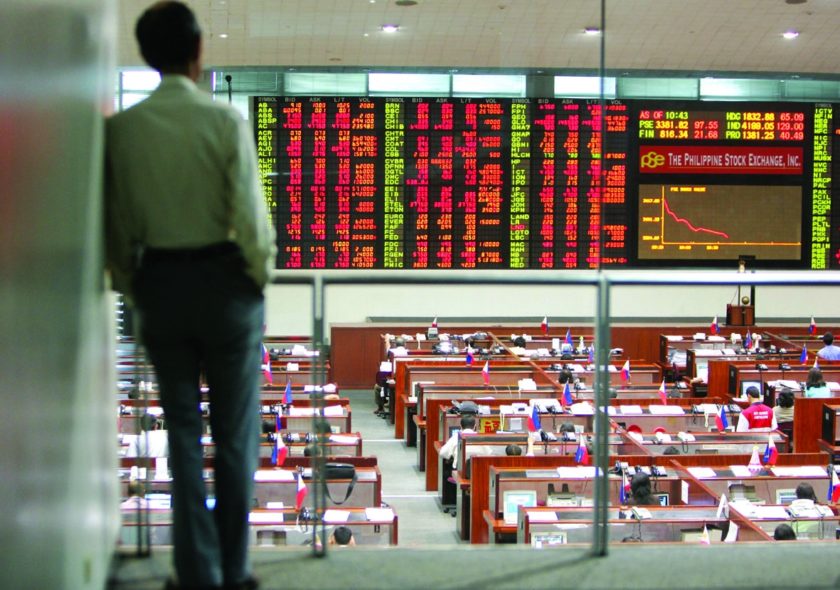Vietnam’s Consumer Market Has Huge Growth Potential
Vietnam’s per capita GDP was only USD 2,540 in 2018, which was less than one third of China’s and lower than that of Singapore, Thailand, Malaysia and other ASEAN countries. However, Vietnamese people spend little on housing, education and medical services and have low savings rate, making consumption as the major driver of economic growth.
According to CRI, consumption is a major contributor to Vietnam’s GDP. Household consumption is closely related to final consumption expenditure. Since 1995, final consumption expenditure has been accounting for more than 70% of Vietnam’s GDP, and household consumption has been accounting for nearly 90% of Vietnam’s final consumption expenditure. In recent years, the CAGR of consumption expenditure in Vietnam is 10%, which is higher than GDP growth rate. Consumption expenditure contributes a significant share of Vietnam’s economic growth.
Vietnam has a population of nearly 100 million. The mainstream of its population is people aged between 20 and 50 who have strong spending power. Different from Chinese people, Vietnamese people prefer consumption to savings. Statistics show that the savings rate in China is 60% while that in Vietnam is less than 30%. A young population means huge consumption potential.
According to CRI, Vietnam has a low savings rate and a narrow wealth gap. Its savings rate increased all the way from less than 5% in 1990 to 30% in 2000, began to decrease in 2001 and reached about 25% at the end of 2018. Overall, the savings rate in Vietnam is lower than that in China. The Gini coefficient in Vietnam stays between 0.4 and 0.45, which is lower than that in many other development countries. Because the Vietnamese government invests a lot in compulsory education and basic medical services and most Vietnamese people live in self-built houses, Vietnamese people needn’t pay much for education, medical services and housing, and the wealth gap in Vietnam is narrow. But as Vietnam’s economy grows rapidly, the wealth gap is becoming wider.
According to CRI, household consumption in Vietnam includes the consumption in retail trade, tourism, catering trade, e-commerce, education and training, etc. Traditional retail trade takes a leading position and the shares of tourism and catering trade are growing rapidly. Although retail trade accounts for a large proportion of household consumption in Vietnam. Its growth rate and share is decreasing in recent years. In contrast, tourism, accommodation and catering trade account for a small proportion but they are growing fast and their shares are increasing sharply as driven by the continuous flows of foreign tourists and investors. The number of foreign tourists to Vietnam was 5 million in 2010 and 15.50 million in 2018, representing a CAGR of 12%. In 2018, the number of Asian tourists to Vietnam reached 12,075,500, increasing by 23.70% YOY; the number of European tourists reached 2,037,900, increasing by 8.10% YOY. In 2018, the three largest sources of foreign tourists to Vietnam were China, South Korea and Japan. The number of Chinese tourists reached 4,966,500, increasing by 23.90% YOY; the number of South Korean tourists reached 3,485,400, increasing by 44.30% YOY; the number of Japanese tourists reached 826,700, increasing by 3.60% YOY.
Vietnam’s sales figures are closely related to per capita income. Improving spending power is the key to stimulating consumption in Vietnam. Consumption growth mainly depends on the ability and the willingness to consume. Per capita income is a key indicator of the ability to consume. A comparison shows that the growth rates of Vietnam’s GDP and total retail sales of consumer goods are highly correlated. In case of low income level, stronger spending power helps accelerate consumption growth. Therefore, the high correlation between Vietnam’s per capita GDP and sales figures from 1998 to 2018 indirectly reflects that the increase in disposable income has improved spending power and boosted household consumption. As Vietnam’s per capita GDP is still at a low level, it is expected that Vietnam’s total retail sales of consumer goods will grow significantly in the next 10 to 20 years.
According to CRI, in addition to the increasing personal income, the new driving forces for Vietnam’s consumer market also include:
- Expansion of e-commerce market
The market size of e-commerce in Vietnam in 2018 is estimated to be USD 9 billion to USD 12 billion by different institutions. CRI estimates that the market size was USD 10 billion, and it will grow at a CAGR of 25% to 30% from 2019 to 2023.
- Fast growth of mobile Internet and mobile payment
In Vietnam, especially in large cities, mobile payment has become popular among consumers because of convenience and safety. Vietnam has developed fast and inexpensive mobile Internet services. Over half of Vietnamese people have two or more mobile phones. In large cities of Vietnam, people spend an average of 3.5 hours per day online, second only to Singapore among the 10 ASEAN countries. Vietnamese people go online on their mobile phones to get information, do business and carry out other activities.
- Rapid development of high-end services
Many Vietnamese people are willing to invest in education and training. For example, many people attend classes to learn English, Japanese and financial knowledge and have their children take extracurricular foreign language courses and art courses. The development of high-end services can promote the growth of Vietnam’s consumer market.
If you are interested in investing in Vietnam’s retail trade and service industry, pleasecall +86-21-61509726 to contact CRI.




